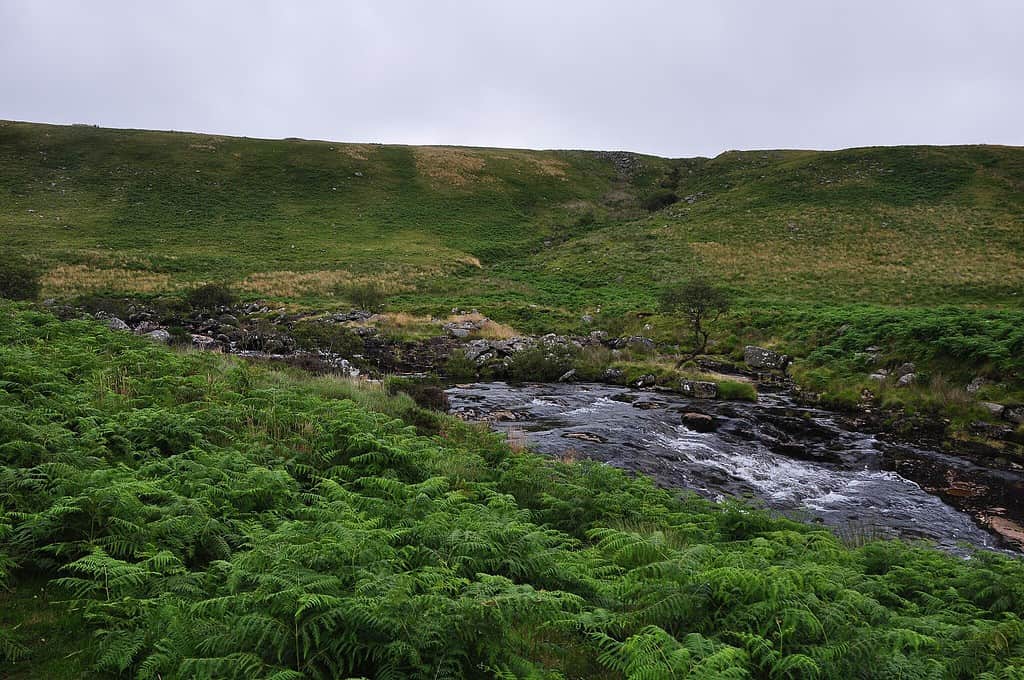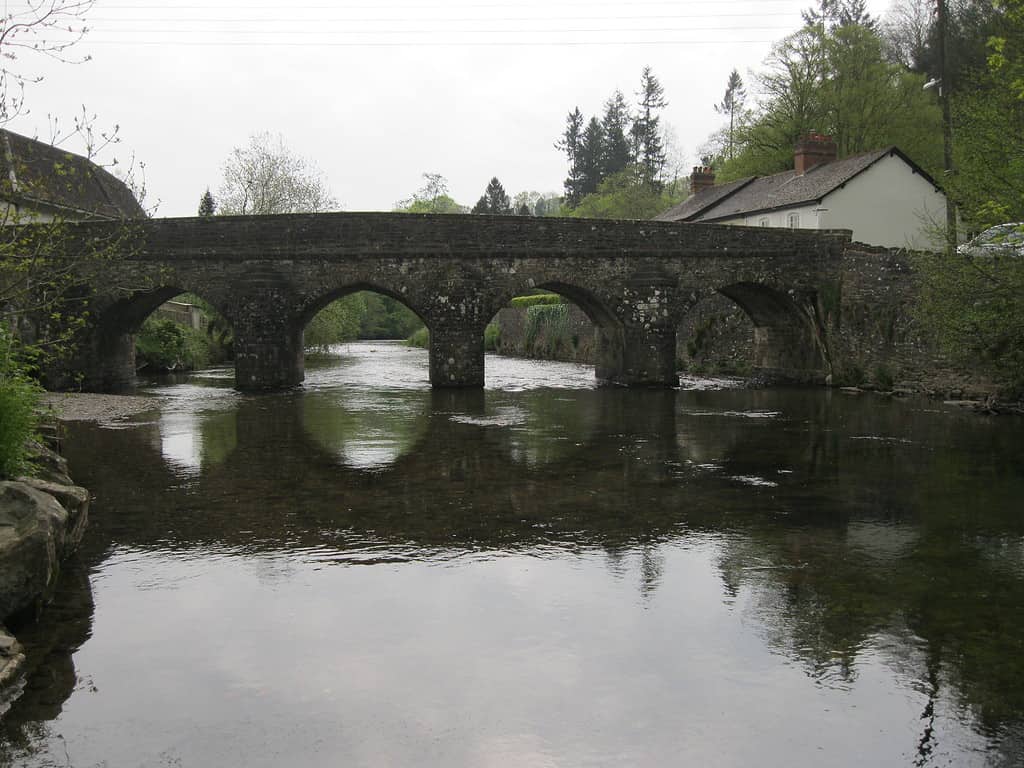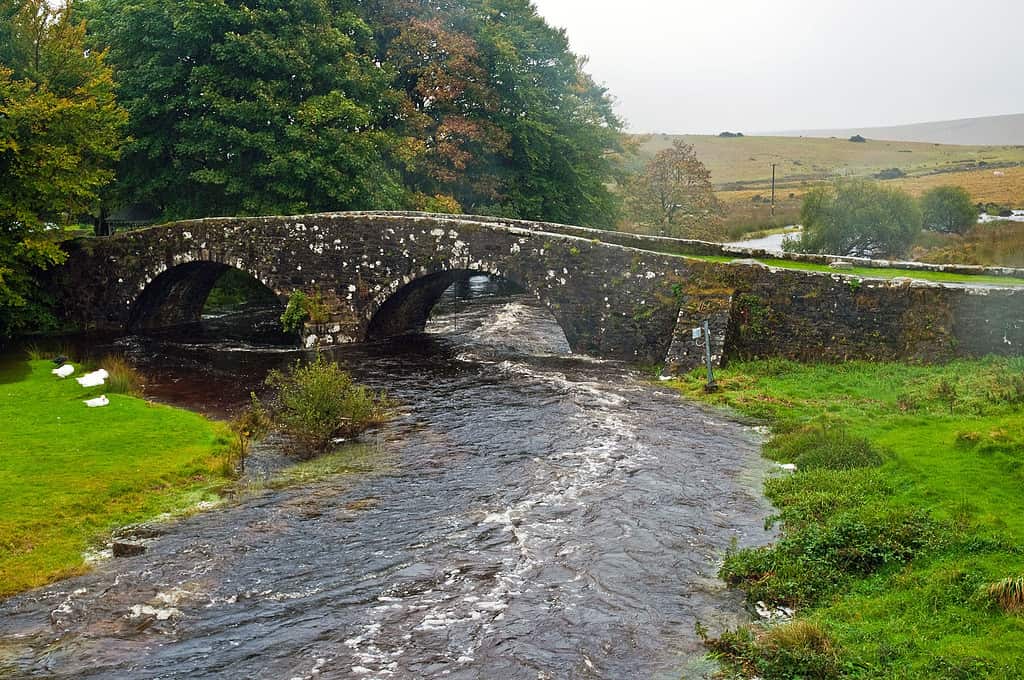Rivers around the world are the blood of the ecosystem. They provide water, shelter, and play spaces for many creatures — including humans. A river’s health is based on many factors, one of which is clarity; however, it is not the main determiner. England, for example, does not have the typical clear rivers that folks think of, with crystal blue water. In England, clear rivers instead have clean water that looks gray or light brown.
What Makes a Clean River?
Since England does not have typical clear rivers, we will look at a few different factors to create this list:
- Water visibility
- Water flow
- Positive human restoration/minimum pollution
We also looked at the 2020 WWF report on England’s Chalk Streams. Some of these rivers are hidden gems within the countryside, while other rivers on this list might surprise you. These are the eight clearest rivers in England.
The Thames River — London

While it was once considered a “dead river”, the Thames is now the cleanest river to run through a major city.
©Csaba Peterdi/Shutterstock.com
The Thames River runs straight through London, the capital of England. It might surprise you to see this river on this list because in 1884 five of Lord Bramwell’s Royal Commissioners to the Secretary of State for the Home Department reported black, putrid sewage. Even up to the 1950s, the river was highly polluted.
So how did the Thames become one of the clearest rivers in England?
Starting in 1976, only treated sewage was allowed to enter the Thames. Biotic monitoring of dissolved-oxygen (DO) levels by the National Rivers Authority began in 1989. The city launched oxygenators, meant to raise dissolved-oxygen (DO) levels in the river. London continues these efforts and is currently building a new sewer system to support the growing population of over 10 million.
The Thames naturally has brown water, and you won’t be able to see the riverbed. The portion of the river that flows through London is prolonged because the river widens.
The Wharfe River — Yorkshire

The Stride is a stretch of the Wharfe River known to have fast-running whirlpools.
©iStock.com/Tom Reville
The Wharfe River originates in the Yorkshire Dales National Park. One sign of a clean river is the ecosystem it sustains. Many creatures, including birds, rabbits, and foxes, make their homes along the Wharfe. In addition, there are plenty of fish that swim within the flowing water.
The water is light, transparent brown in some areas, and flows slowly. There is a unique section of the river called the Stride. The Stride runs in a 15-foot-deep channel that is about six feet wide. The Wharfe usually has a width of about 90 feet. While gorgeous and clean, The Stride is dangerous and has killed people.
Human impact on the Wharfe River has been minimal.
The Tavy River — Dartmoor, Devon

Many birds fly along the Tavy River, making it a great location for birding.
©Geograph UK – License
Another of the cleanest rivers in England is the Tavy River. Tavy is a tributary of the Tamar River and, in turn, has its own tributaries. The river is popular for whitewater rafting and has some secret swim spots along it.
The water flows quite fast and is a transparent gray.
The Ouse River — Sussex

The name Ouse comes from the Celtic word usa, which means water.
©Flickr – License
The Ouse River and its tributaries flow across 750 miles in England. There are actually multiple rivers called the Ouse in England, and the one we will focus on is in Sussex.
Between 1790 and 1814, humans straightened and deepened this river. Many of the structures are still present today, which makes it difficult for some species to move safely through the body of water. Despite this, the water runs clearly and slowly. Expect a brown or gray color while exploring, though some sections look transparent.
The Barle River — Devon, Somerset

Whitewater rafters and canoers enjoy sections of the Barle.
©Andrew Bone / Flickr – License
The Barle River is another of the clearest rivers in England and is designated as a Site of Special Scientific Interest. The river is protected as a nature conservation site. The Barle flows through the Somerset Wildlife Trust’s Mounsey Wood Nature Reserve and the Knaplock and North Barton SSSI. Species such as the kingfisher and great burnet call the riverside their home.
The water is a clear gray and flows steadily. In the sections available for whitewater rafting, the flow of water is fast.
The Dart River — Devon

Parts of the Dart River snake through the Dartmoor National Park.
©River Dart at Two Bridges, Dartmoor, Devon, England, 1 Oct. 2010 – Flickr – PhillipC – License
The Dart River flows about 47 miles, starting in Dartmoor and ending at the sea in Dartmouth. The river starts as two separate branches that join together at Dartmeet. Humans created fish ladders along parts of the river. Sailing is popular within the Dart estuary.
The water is either brown or dark gray depending on the section, and it flows quite fast. Parts of the river bed are visible below the surface.
The Erme River — Devon

Floods struck North England and Wales in 2015, affecting the Erme.
©Geograph UK – License
The Erme River flows south from Dartmoor to Bigbury Bay. The English government designated the bay as an Area of Outstanding Natural Beauty, which is a conservation designation in the country. There are a variety of birds that nest and live along the river, including egrets and curlews.
The river water is normally fast-flowing and a medium-brown color.
| River Name | Location |
|---|---|
| Thames River | London |
| Wharfe River | Yorkshire |
| Tavy River | Dartmoor, Devon |
| Ouse River | Sussex |
| Barle River | Devon, Somerset |
| Dart River | Devon |
| Erme River | Devon |
The photo featured at the top of this post is © Alexey Fedorenko/Shutterstock.com
Thank you for reading! Have some feedback for us? Contact the AZ Animals editorial team.






